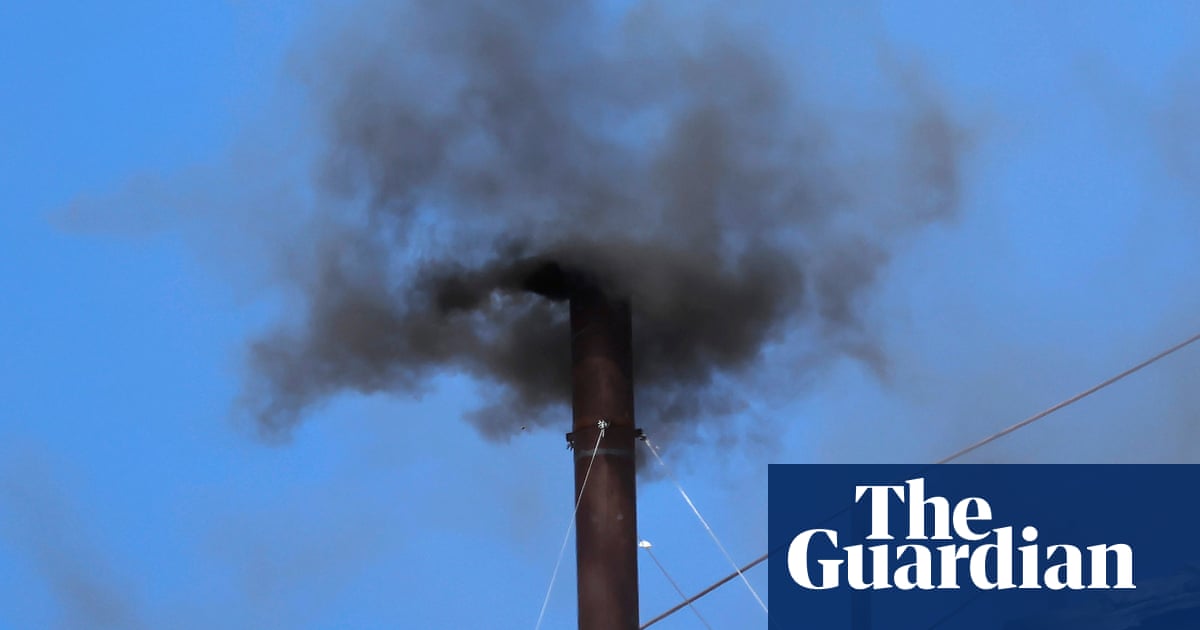Black smoke poured out of the chimney above the Sistine Chapel on Thursday, meaning the 133 cardinals locked inside did not elect a new pope during their two morning ballots.
The cardinals resumed conclave, the secretive centuries-old ritual of electing a new leader of the Catholic church, at 9.30am local time after an initial vote on Wednesday night proved inconclusive.
There will be two further ballots on Thursday afternoon. If, after the first vote, the cardinals have found a new pope, white smoke will be emitted from the chimney. If not, the next signal will be given after the second vote at around 7pm.
Giovanni Battista Re, the dean of the college of cardinals who led the pre-conclave mass, said he hoped a new pope would be elected later on Thursday.
Speaking to reporters in Pompeii, he said: “I hope we’ll see white smoke when I get back to Rome this evening.” Re added that a priority for the next pontiff would be to “strengthen faith in God” in a world that seemed to have “forgotten about God a bit”. “We need an awakening,” he added.
If a new pope was elected today it would be thequickest papal electionin a century, beating the conclave of 2005, when Joseph Ratzinger claimed the title in less than 36 hours.
Finding a suitable successor to Francis is a tough task, partly because he left behind a diverse but divided college of cardinals. Many had not met before travelling to Rome for his funeral. Some are in harmony with the relatively more progressive church Francis promoted during his 12-year papacy, while others want to overthrow his changes and turn back the clock.
Among the frontrunners before conclave began were: Pietro Parolin, the Vatican’s secretary of state; Luis Antonio Tagle, a reformer from the Philippines; Péter Erdő, a traditionalist from Hungary; Robert Sarah, a cardinal from Guinea who criticised Francis’s papacy; and the moderate American cardinal, Robert Prevost.
More than 45,000 pilgrims and tourists gathered in St Peter’s Square to see the outcome of the first day’s voting. They had a long wait, withthe smoke comingtwo hours later than scheduled.
More than 100,000 kept watch through online streaming, which meant looking at a fixed shot of the chimney, with the only entertainment during the anxious wait being the seagulls roosting on the Sistine Chapel’s roof.
